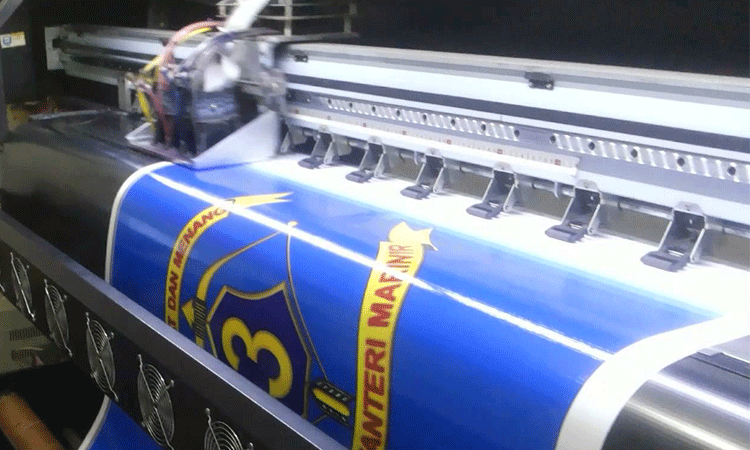The penetration of digital printing into packaging applications is at the moment so low that it is hardly ever mentioned in all the hoopla that surrounds digital printing in general. However, with the improvement of technology and the benefits of digital printing becoming more apparent to users, it is poised to not only increase its share in the printing of food and beverage labels but also to new categories as well as substrates, including flexible and folding cartons. When considering digital printing, it is necessary to plan ahead and take into account all the key factors. Some top considerations:
Print Run Size:
Digital printing is the ideal technique for printing labels in markets that require them to be frequently updated and specialized as is required for craft beers and wines. Digital printing benefits most brands that have numerous stock keeping units (SKUs) or brands that are relatively small so do not require mass produced labels. Digital printing becomes advantageous because typically the changeover times are extremely short and material wastage is considerably reduced. When speed is of the essence digital printing really scores and is very economical too for short print runs.
Speed:
There are fairly large preparation and printer setup times involved in traditional printing methods such as gravure, offset, and flexo. The intense completion in the marketplace today requires companies to be extremely nimble and react almost instantaneously to cater to emerging trends, opportunities or even competitive threats. The speed at which digital printing can deliver labels or packaging materials makes it easier for marketing departments to react quickly with promotional schemes or seasonal offers and even to tweak them mid-course. The market for custom book printing Mumbai has really taken off with the introduction of large format multicolor digital printing machines that can deliver a bespoke experience to extremely niche audiences.
Material Cost:
The cost of materials can play a significant part in pricing and while on a per unit basis digital printing will usually work out more expensive than conventional techniques like flexo or offset. Companies can save money due to the ability to undertake smaller print runs and avoid wastage due to over production in an environment where trends and preferences change very fast. Also, there is none of the wastage that occurs when mass produced labels are stored for long periods and become obsolete.
The Cost Associated With Time:
Companies are increasingly forced to take into account the cost of time in both the short and long terms. Since conventional printing processes take a longer time to prepare and start they can constrain the processes of management and design in ways that cannot be predicted. When a marketing project gets derailed due to a printing issue it can be quite difficult to concentrate on planning out the next one.
SKU Variability:
The benefits of digital printing are very much obvious to beverage companies that have a product catalog with numerous flavors, performance lines, diet options, etc. as they can get virtually on demand label production capabilities. Many brand owners are also experimenting with novel techniques like having different designs albeit on the same theme on labels to be affixed on different units within the same SKU. This sort of variability is only possible with the short and quick runs of digital printing.
International Forays:
When a brand enters a foreign market for the first time, it has to learn to comply with local language requirements as well as the packaging regulations and standards applicable. Because volumes at this stage of the marketing strategy can be quite low, digital printing is the only cost-effective technique that can be employed that will allow them to present an attractive, well designed multilingual packaging.


Be the first to comment on "Digital Printing for Packaging Factors You Must Consider"